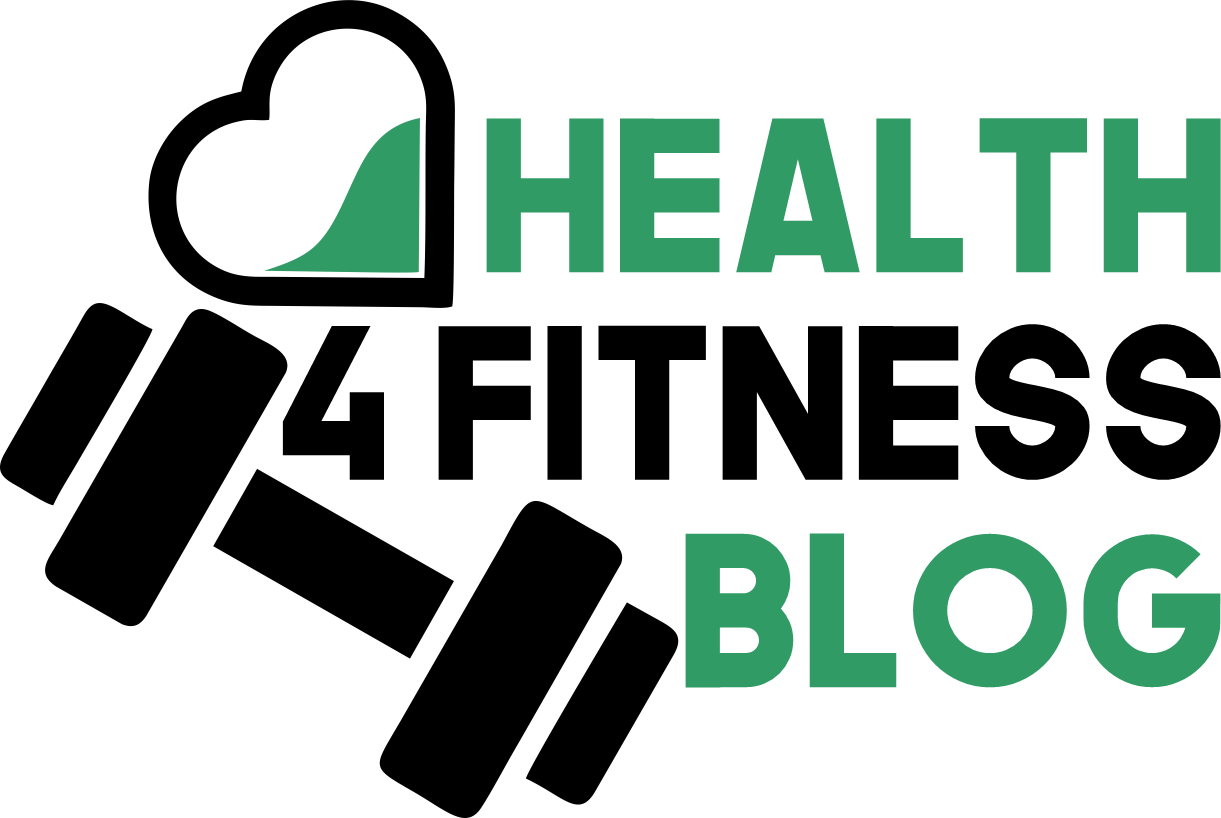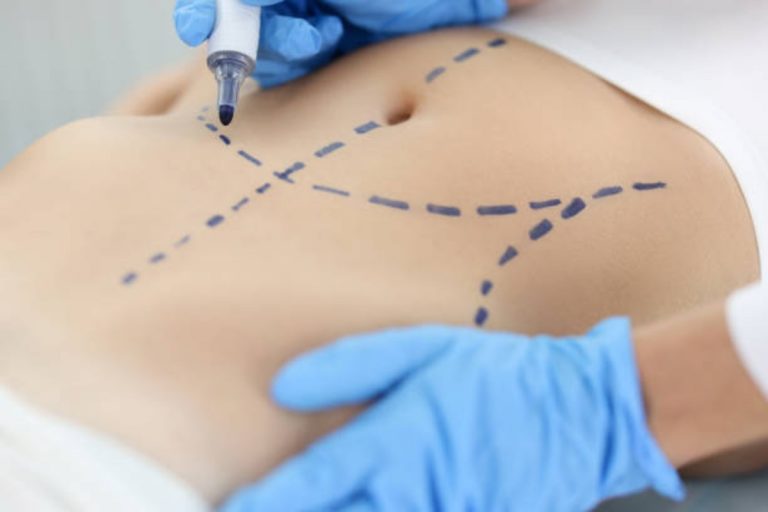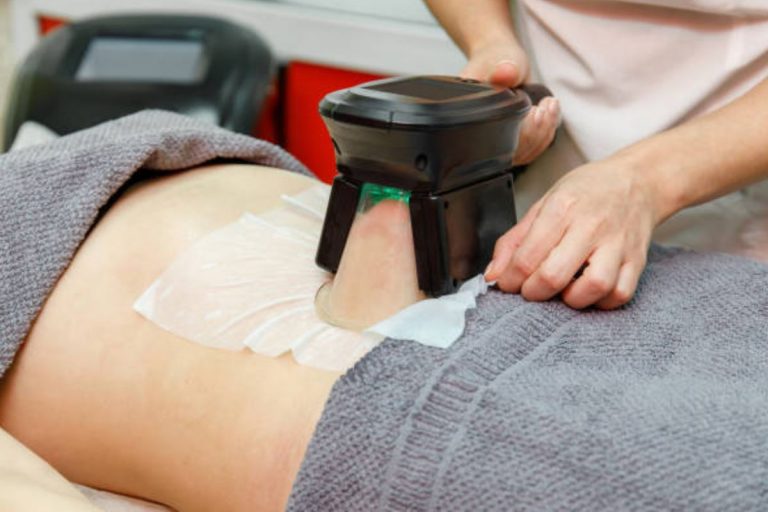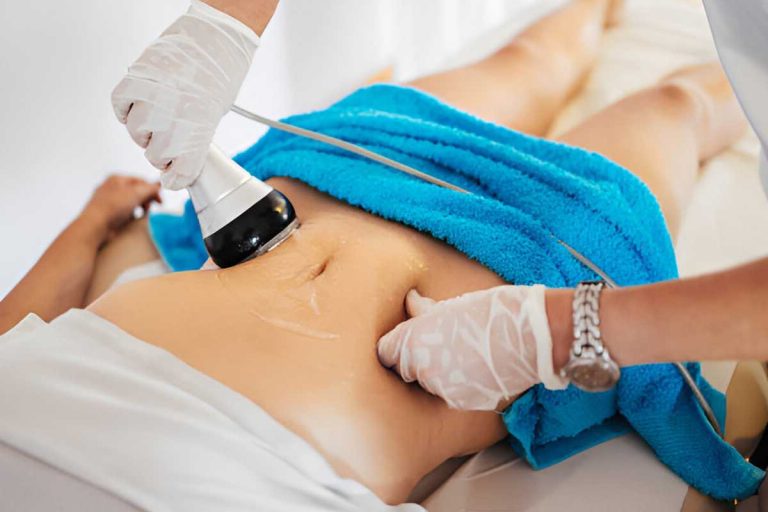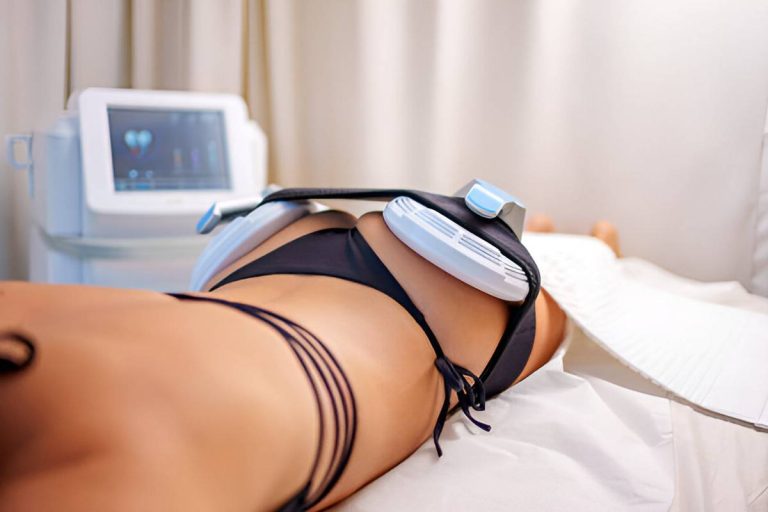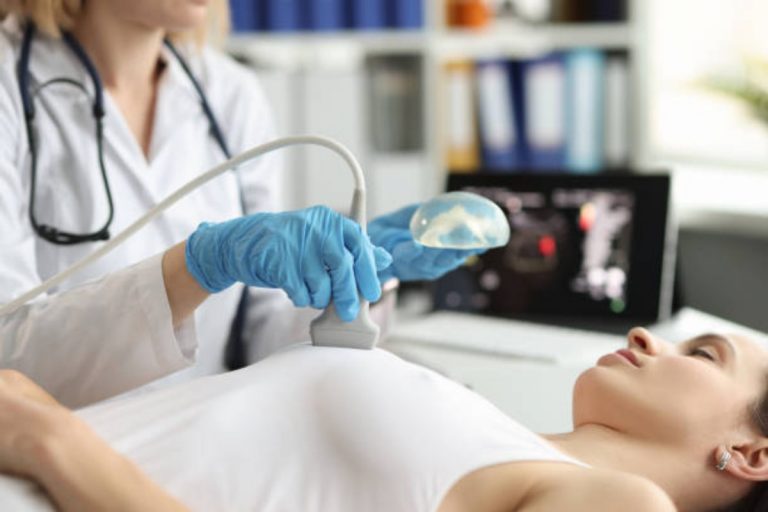The human transformation from male to female is now more open than ever. In fact, according to research, many people are going looking for hormone therapy for their transition. Of 100,000 people, at least 390 to 460 seek gender dysphoria, with a higher frequency of trans women than trans men.
For many transgender persons, living with a public character that doesn’t reflect their inner identity is a daily struggle. That is why most of them decide to choose their true gender identity by gender transitioning.
The transition process has many facets and is a very personal experience, but you’ll find all your answers on male-to-female transgender surgery in this post. Keep going!
Table of Contents
What is Male to Female Transformation?
Changing one’s gender presentation or sex features to match one’s internal sense of gender identity is known as gender transitioning.
So, a male-to-female transition is a form of gender transitioning. Though born with male genitalia, some people tend to develop feminine physical changes to their bodies, and their behavior tends to be similar to female behavior.
The transformation involves social, hormonal, and surgical aspects that are different from one person to the other. However, here we’ll focus on male-to-female surgery.
Male To Female Surgery
The exact steps that you take depend on what feels suitable for you. Some people take only one step, while others take multiple actions. In general, transitioning takes time: it can take years before someone feels comfortable living as their true self.
The first step is to see a therapist specializing in gender identity issues. It is typically an endocrinologist (a doctor who specializes in hormones). The doctor will explain the available medical options for you and help you decide which path is right for you.
They will help you decide if you want to change your sex. They will help you figure out what kind of surgery you want and how best to get it done.
So, doctors break down the process of transitioning from male to female into three stages:
- Hormone therapy, including estrogen and anti-androgen medications
- Surgical procedures to remove the penis and create a vagina and labia (the outer lips of the vagina)
- Physical: Voice training, hair removal, and other body contouring cosmetic procedures
Hormone Therapy
You can start the medical process of transitioning from male to female by seeing a doctor who will prescribe hormone therapy. It is a long process, and it takes time to do it properly. It can be a complex procedure and involves multiple steps over an extended period.
It involves taking estrogen and anti-androgen medications. Some people also choose to undergo surgery or other procedures. However, these steps are not required for everyone who transitions from female to male.
Gender Reassignment Surgery
Up to 75% of people who transition to a different gender never have surgery. For some, it’s a financial issue: surgical procedures can cost tens of thousands of dollars, and insurance coverage varies. On the other hand, hormone therapy is often adequate to alleviate feelings of gender dysphoria in many people.
Surgery is an option in circumstances where hormones alone aren’t enough. However, it is a significant and irreversible decision depending on the surgery. Both patients and surgeons must be sure that this is the best option.
Now, what is Gender reassignment surgery (GRS)?
GRS also gender affirmation surgeries involve a series of procedures that alter a person’s physical appearance and function to match their internal gender identity
Therefore, once you have decided on an operation, your surgeon will start performing the surgeries which involve:
- Mastectomy — removing your breasts — and constructing new ones using tissue from other parts of your body (called breast augmentation).
- They will also create a vagina using skin grafts from other areas of your body, like the thigh or forearm. The testicles and most of the penis is removed, and the urethra is cut shorter. A portion of the skin is used to create a mainly functioning vaginal opening. The doctors use Parts of the penis can be used to construct a “neo clitoris” that provides sensitivity.
- The surgeon will then give you hormones to help feminize the rest of your body.
FAQs
Are there risks of Transitioning from Male to Female?
Gender reassignment surgery, like all surgeries, has dangers. Complications for men transitioning to women may include:
- Skin tissue death, especially in the vagina and vulva, usually from the penis and scrotum.
- Narrowing of the urethra can impede urine flow and cause kidney injury.
- Fistulas, or improper connections between the bladder or bowels and the vaginal canal, are common complications.
How is Life after Transitioning?
Fewer than one in a hundred persons regret having genital reassignment surgery. That isn’t to say they don’t require continued assistance. They may need counseling and follow-up medical care to address common concerns such as depression and anxiety.
Can Surgery Alone Help to Transition One from Male to Female?
No, surgery can only help change someone’s sex. This surgery is called Sex Reassignment Surgery (SRS). There are different types of SRS procedures. Some surgeries only change the external genitalia, while others may also include internal organs like breasts, ovaries, and uterus in female to male surgery and vice versa. So, to change entirely, hormonal therapy is essential.
What are the Costs of MTF?
Male to female surgery cost is expensive. Bottom procedures can cost around $25,000, while the top (breast surgeries) can cost anywhere between $7,800 and $10,000. Body and facial sculpting are also expensive. At least some gender reassignment surgeries are now covered by more workplace insurance policies, including those marketed under the Affordable Care Act.
